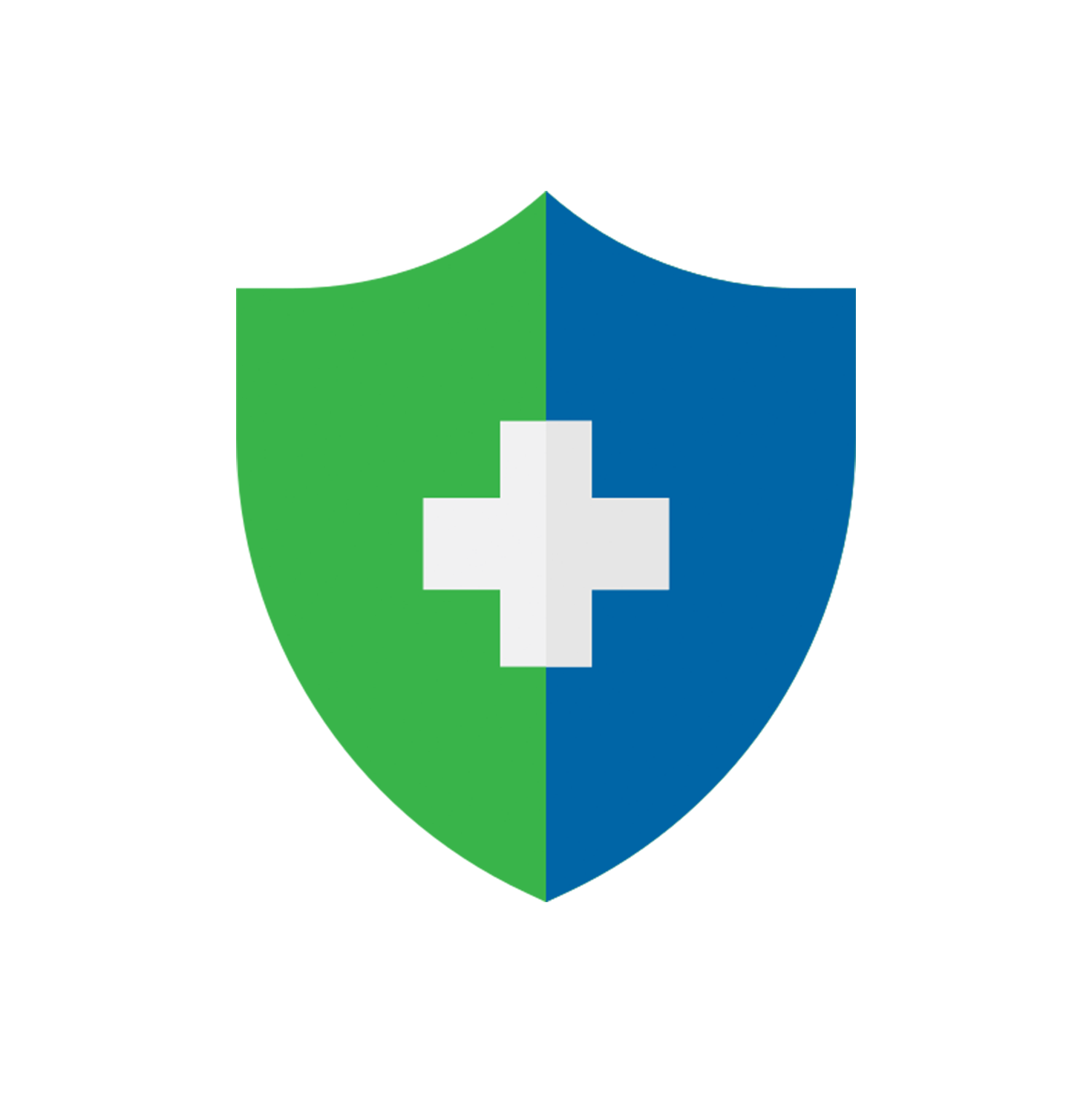There is currently no cure for chronic obstructive pulmonary disease (COPD), and it deteriorates gradually over time. Along with the severe air pollution, the number of COPD new cases are climbing globally. In Hong Kong, COPD is the top ten diseases that cause death. Even though the condition is irreversible, early medical intervention could raise the treatment efficiency significantly. Let’s get to know more about its causes and symptoms in this article so as to help prevent such deadly diseases.
What is Chronic Obstructive Pulmonary Disease?
Chronic obstructive pulmonary disease (COPD) is a group of chronic diseases that cause airflow blockage and breathing-related problems. The obstruction or narrowing of the respiratory tract is contributed by long-term damage to the respiratory system, resulting in inhaling and exhaling difficulties. It turns out to lead to symptoms, such as hypoxia (lack of oxygen), breathlessness and coughing.
Emphysema and chronic bronchitis belong to COPD. Emphysema involves the gradual damage of the alveoli (tiny air sacs), while chronic bronchitis refers to long-term bronchi inflammation.
Causes of Chronic Obstructive Pulmonary Disease
Below are the causes of COPD:
- Smoking
- Passive smoking
- Air pollution
- Indoor pollution
- Long term exposure to fumes and dust in the working environment (e.g. wood or mining dusts)
- Asthma
- Congenital anti-protein enzyme deficiency (also known as Alpha-1 antitrypsin)
Symptoms of Chronic Obstructive Pulmonary Disease
Symptoms of COPD are akin to asthma which makes it hard to notice. Over time, the symptoms would become increasingly severe. Common symptoms include:
- Coughing for long term
- Hypoxia
- Shortness of breath
- Lots of sputum
- Fever
- Dizziness
Diagnosis of Chronic Obstructive Pulmonary Disease
If your doctor suspects COPD, he /she may arrange the following examination. Let’s have a look at the below plan offered by the Hong Kong Adventist Hospital. Its lung assessment programme costs around HK$3,500, including a report by a respiratory specialist.
| Lung Assessment Programme |
Details |
| Pulmonary Function Test |
This is the most common way to diagnose COPD. By the data obtained from blowing air into the spirometry a few times, your lung capacity and exhalation speed are illustrated to determine whether you have COPD. A pulmonary function test is also commonly used to access the condition. |
| Low-Dose Computed Tomography |
It is a CT scan that shows your lung reduced markings on a chest radiograph and increased areas of transradiancy. |
| Arterial Blood Gas Analysis |
Your doctor will take the blood from your artery to analyze the levels of oxygen and carbon dioxide in the blood. This test incurs risks and is usually applied in severe cases to determine whether the patient needs long-term oxygen therapy. |
Treatments for Chronic Obstructive Pulmonary Disease
There is no cure for COPD. However, medication and lifestyle changes can help control and slow down the deterioration of the disease, for example:
- Quit smoking
- Avoid exposure to environmental irritants e.g. secondhand smoke, fumes and environmental pollutants
- Learn and practice breathing techniques to control your breathing
- Maintain a healthy weight
- Exercise regularly under medical supervision
- Use prescribed medications properly and treat infection early
- Avoid stress
- Maintain a healthy diet, avoid sweet or cold food
- Have regular rest
Advanced-stage patients, such as those with emphysema, are suggested to conduct a lung removal surgery.
Complications of Chronic Obstructive Pulmonary Disease
The slowly deteriorating emphysema and chronic bronchitis can compromise your lung function and lead to different degrees of complications, such as chest infections, chronic respiratory failure, spontaneous pneumothorax and chronic cor pulmonale.
In addition, patients with COPD are prone to high blood pressure, heart disease, lung cancer and depression.
How to Prevent Chronic Obstructive Pulmonary Disease?
Although COPD is incurable, keeping a healthy lifestyle can prevent getting COPD. Here are some tips that you should follow:
- Do not smoke or quit smoking
- Avoid Second-hand smoke
- Put on personal protection equipment, such as wearing a mask if you need to inhale fumes and dust at work persistently
Smoking is the main cause of COPD. Snuffing out smoking, receiving proper treatments, changing lifestyle and being aware of the air quality helps slow down the deterioration and lower the risk of pulmonary complications.
Prevention is better than cure. The incurable COPD requires lengthy medication to control the condition. Cigna VHIS Flexi Plan (Superior) offers coverage of up to HK$30,000,000 with no lifetime limit, and medical expenses are fully covered. No need to worry about future medical expenses! Click here to learn more!
Source
- Centre of Health Protection
- The Hong Kong Asthma Society
- The Hong Kong Society of Rehabilitation
- School of Pharmacy, CUHK
© Cigna Healthcare 2023
Information provided in this article is intended for health and fitness purposes only and is not intended for use in the diagnosis of disease or other conditions, or in the cure, mitigation, treatment or prevention of disease (see Terms & Conditions for details). Any health-related information found in this article is available only for your interest and should not be treated as medical advice. Users should seek any medical advice from a physician, especially before self-diagnosing any ailment or embarking on any new lifestyle or exercise regime. Any information contained in this article may not be suitable, accurate, complete or reliable. Cigna Healthcare accepts no responsibility for the content or accuracy of information contained on external websites or resources, or for the security and safety of using them. "Cigna Healthcare" and the "Tree of Life" logo are registered trademarks of Cigna Intellectual Property, Inc. in the United States and elsewhere, licensed for use. All products and services are provided by or through operating subsidiaries, and not by The Cigna Group.




